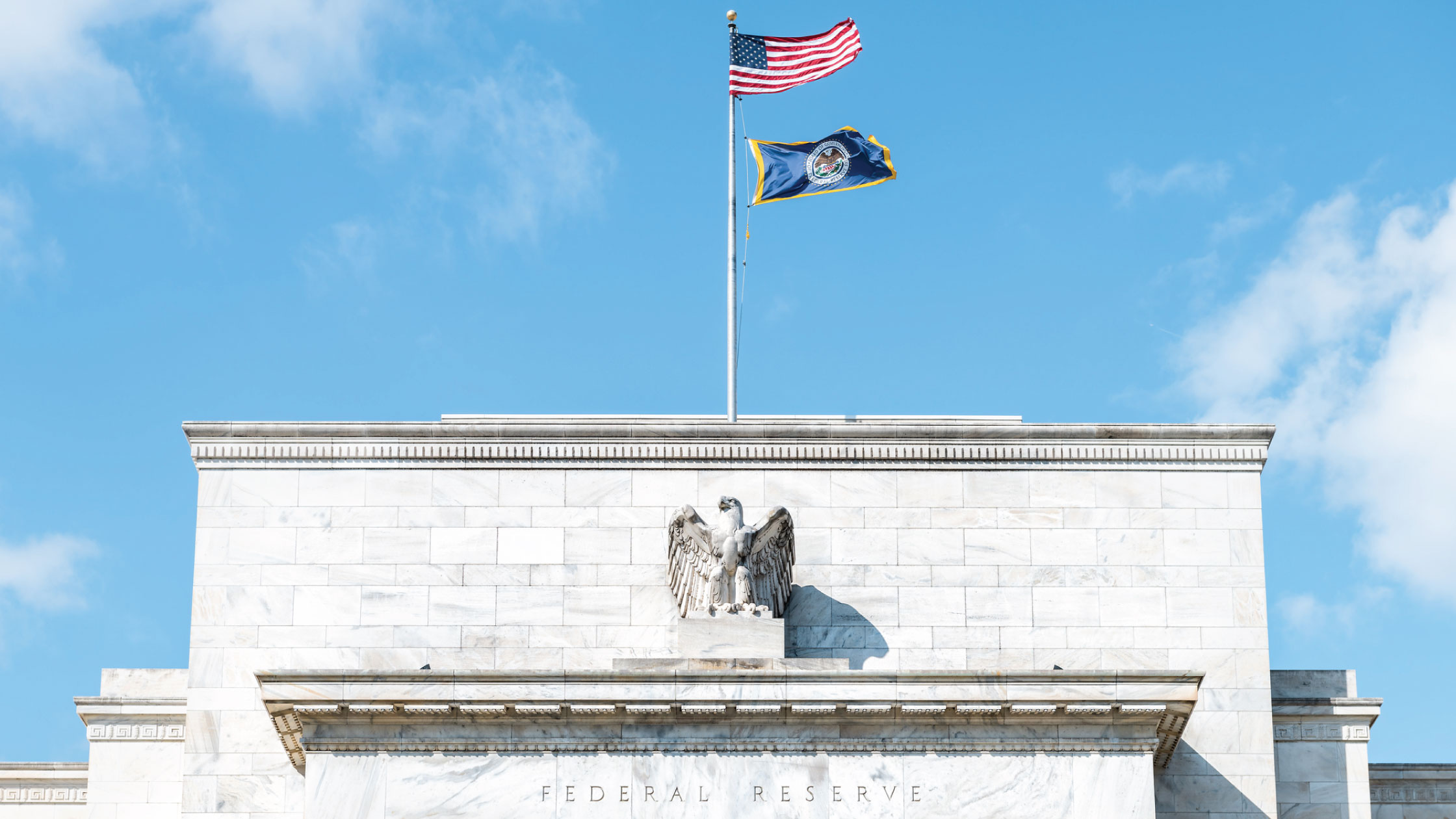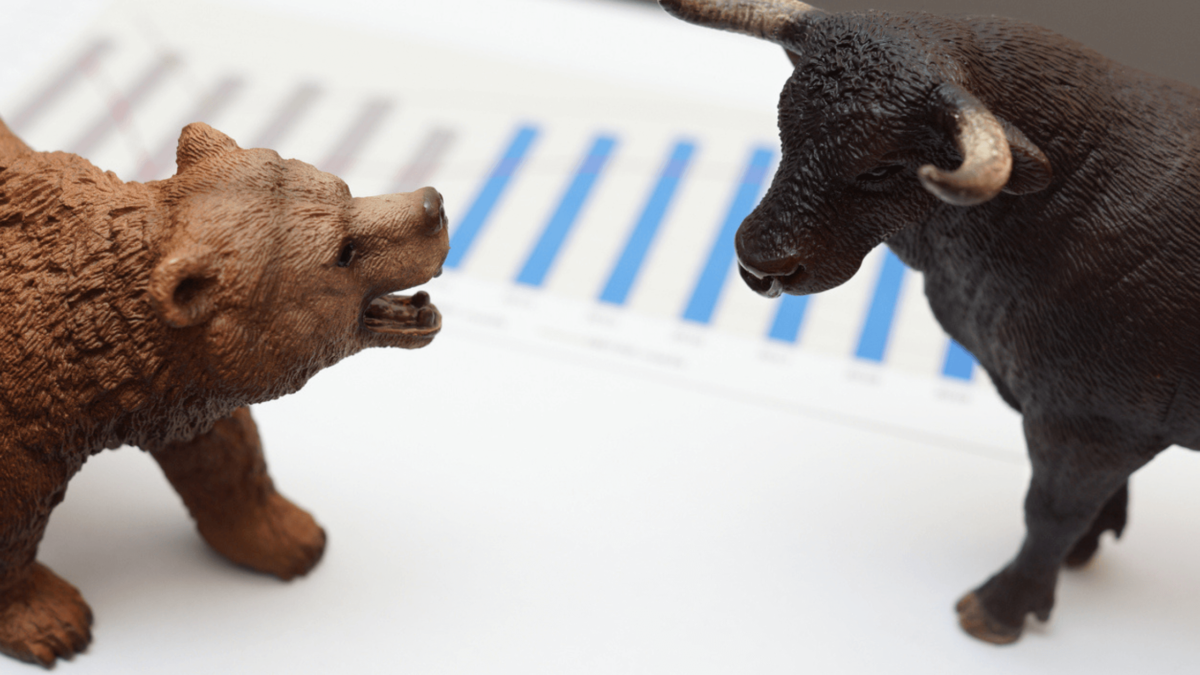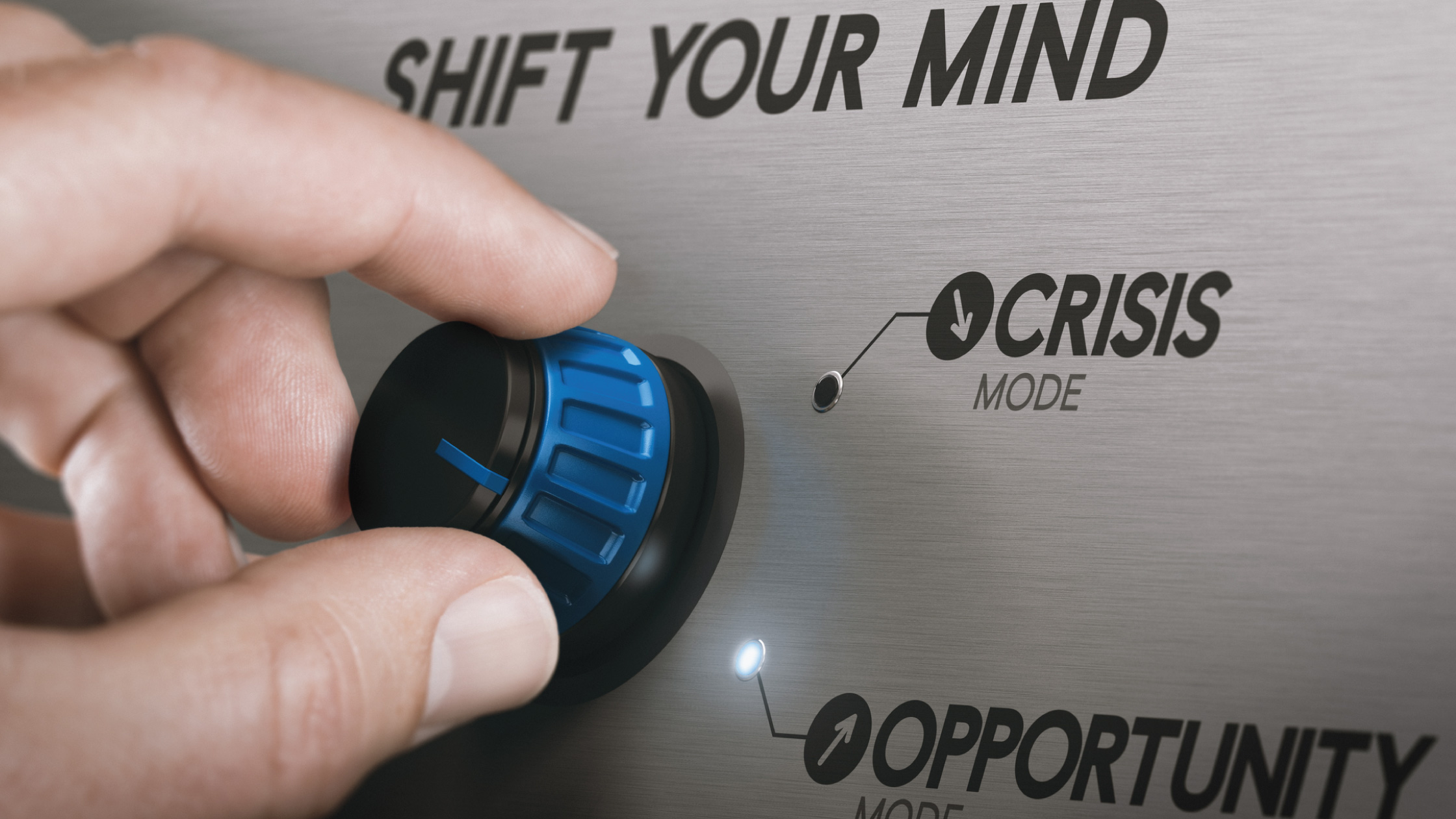Inflation data out this week may ease but this is why the Fed won’t
August 8, 2022

Bear market rally pauses.
The S&P 500 has paused its bear market rally on renewed interest rate anxieties. Technically, it could still push higher – there is some runway left on the technical oscillators. And a fundamental driver could be lower CPI data for July, on the back of a decline in US gasoline prices. I am expecting an all items CPI figure around 8.8% y/y, down from 9.1% y/y in June.
But this recent run-up in stock prices has always looked to me to be a counter-trend rally. The bigger trend still appears to be down, and this will likely end with lower highs and lower lows. Even with lower inflation for July, I don’t think the Federal Reserve will ease the pace of its rate hikes. Indeed, last week’s US economic data reinforced my view that there is still a lot more rates pressure ahead on the equities market.
The US job market just gave the Federal Reserve a whole heap of good reasons not to ease up on the pace of interest rate hikes.
I had been saying the US market is unrealistic in expecting the Fed to ease the pace of rate hikes anytime soon. As I wrote last week, the most popular bet in the Fed Funds futures market was for rates to peak at 3.25% (at the lower bound), with cuts by May of next year. Last week, US labor market data gave the Federal Reserve many good reasons not to accommodate the market’s wishful thinking.
What would you do if you were on the Fed’s policy making committee?
The Federal Reserve has a dual mandate – full employment and price stability. With headline inflation at 9.1% – at a 41-year high – you have clearly failed your price stability KPI (or key performance indicator, to use that popular human resource term). More technically, your KPI states 2% core PCE inflation as a target, and you have 4.8% core PCE inflation at the moment. This is a big “fail”.
The Fed has done so well on the jobs front that it has created huge problems for itself on the inflation side of its mandate.
The Fed has outperformed the jobs side of its mandate. Indeed, outperformed so much that it is feeding its failure on the inflation mandate. Consider the following jobs market data out last week.
Non-farm payrolls hit a historic high.
Non-farm payrolls rose 528,000 in July to 152.536 million from 152.008 million in June. This is a historic high, exceeding the prior high of 152.504 million, just before the pandemic in February 2020.
Unemployment is as low as anything seen since 1969.
And with that, the unemployment rate fell to 3.5% in July, from 3.6% in June. That is as low as unemployment has been since May 1969, and it matches the lows recorded late 2019 and January-February 2020. But that’s not a good thing, because the US NAIRU (non-accelerating inflation rate of unemployment) is around 5%. So, the Fed has outperformed on this criterion at the expense of its inflation mandate.
Labor force participation remains low and employers are still struggling to get workers.
The labor force participation rate edged lower to 62.1% in July from 62.2% in June. To put this in context, the post pandemic low was 60.2% and the pre-pandemic high was 63.4%.
When trying to avoid wages inflation feeding into prices, the Fed would want to see a higher participation rate, particularly if employers are going a begging for workers. In that regard, the number of job openings is still at a historically high level. Job openings fell by 605,000 in June. But it remains at levels unheard of before the pandemic. Over the period May 2018 to February 2019, job openings were in the range of 7.0 million to 7.5 million. For June, it stood at almost 10.7 million.
This is important because the number of job openings relative to total non-farm payrolls has a relationship to US inflation. And a transmission mechanism might be through wages inflation.
Wage inflation remains high.
In that regard, average hourly earnings for July was up 5.2% y/y. This has moderated from 5.6% y/y in March this year. But it is still well up from the range of 2.7% to 3.5% y/y in 2018 and 2019.
So, what would you do if you were in the shoes of a Fed policy maker? Flinch at raising rates further? Or cool the job market down with more rate hikes? We would guess the latter.
So, with that, the Fed Funds futures market had second thoughts about its dovish bets.
And so, the Fed Funds futures market last week dialled down its dovish bet on a 50bps hike at the September FOMC, with the probability of a 2.75%-3.00% Fed funds target rate by September priced down from 72% to 32%. The probability of a 75bps rate hike – taking the rate to 3.00%-3.25% – rose from 28% to 69%.
To repeat, inflation figures will likely be lower next week. But it will still be too high for the Fed. The jobs market is so robust it can take a lot more interest rate hikes from the Fed. Meanwhile, the inflation situation is so hot, it desperately needs the Fed to pour cold water on it.
Say Boon Lim
Say Boon Lim is CGS-CIMB's Melbourne-based Chief Investment Strategist. Over his 40-year career, he has worked in financial media, and banking and finance. Among other things, he has served as Chief Investment Officer for DBS Bank and Chief Investment Strategist for Standard Chartered Bank.
Say Boon has two passions - markets and martial arts. He has trained in Wing Chun Kung Fu and holds black belts in Shitoryu Karate and Shukokai Karate. Oh, and he loves a beer!







